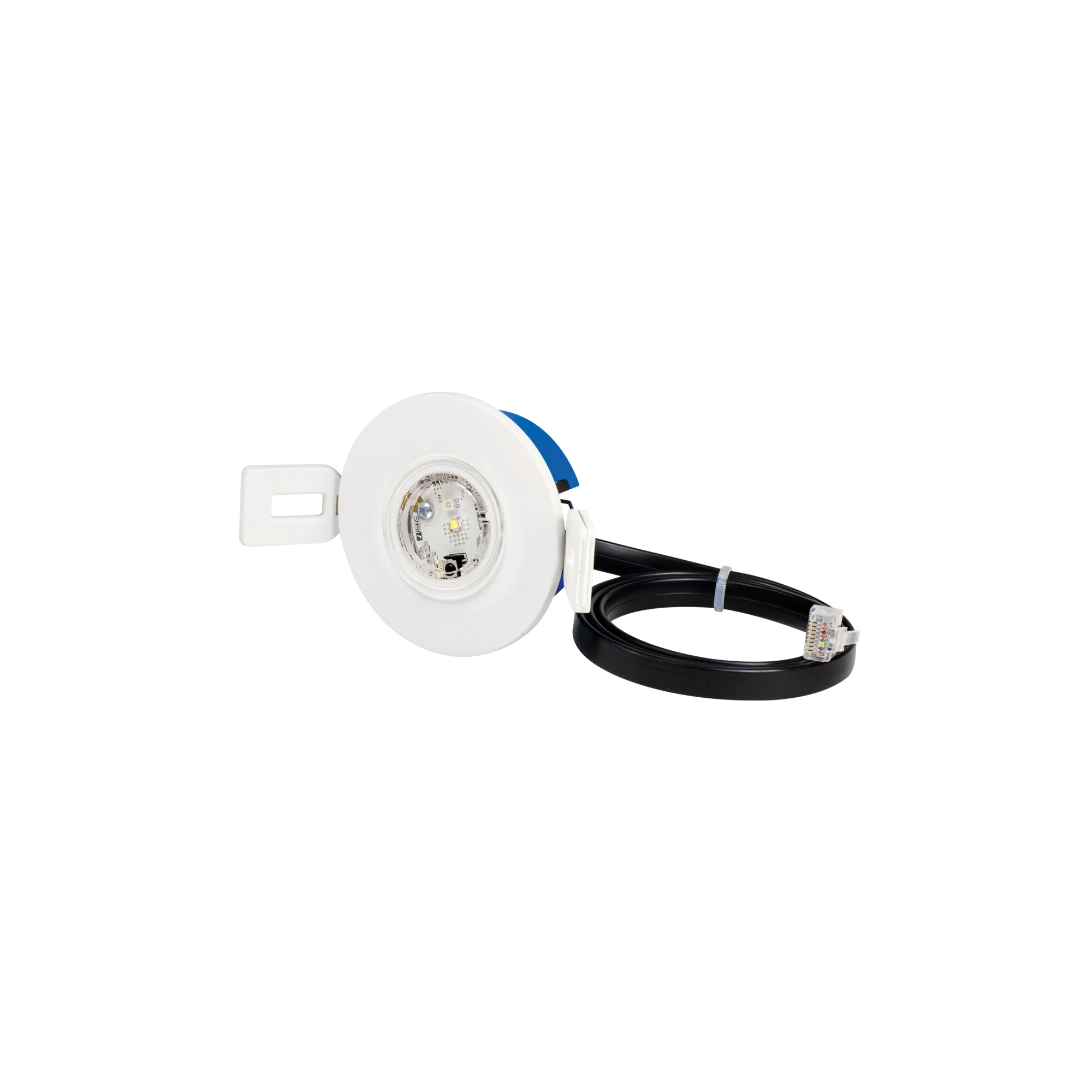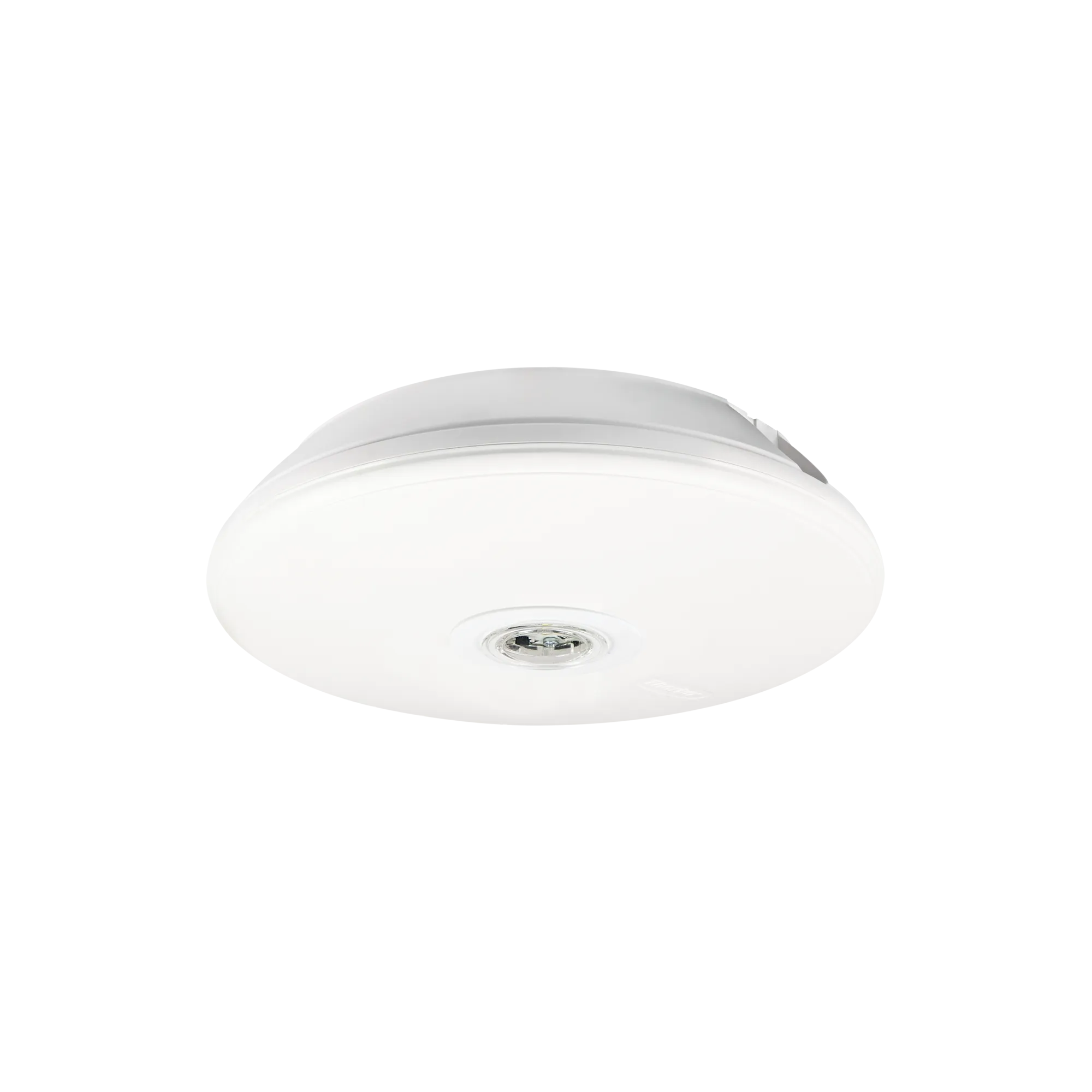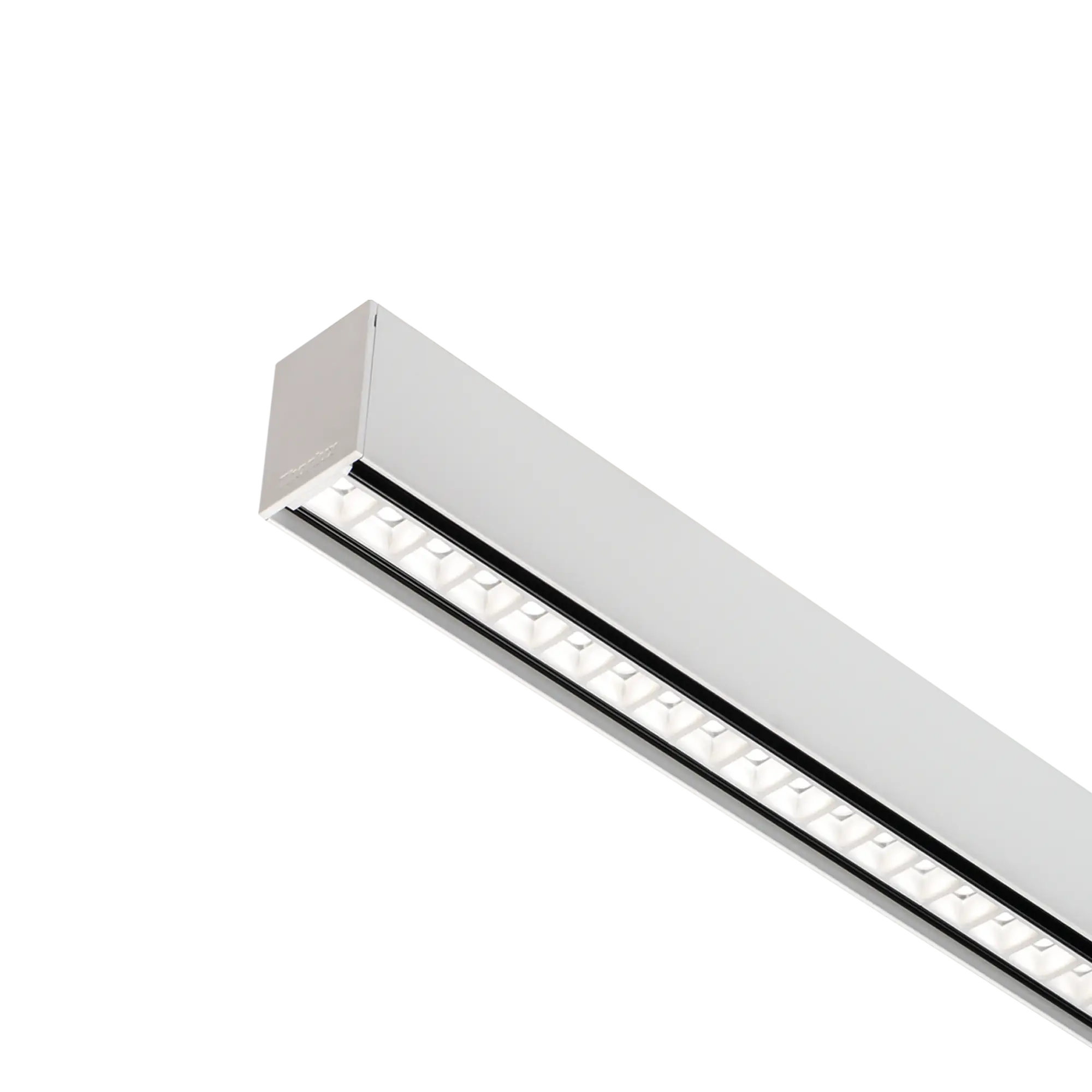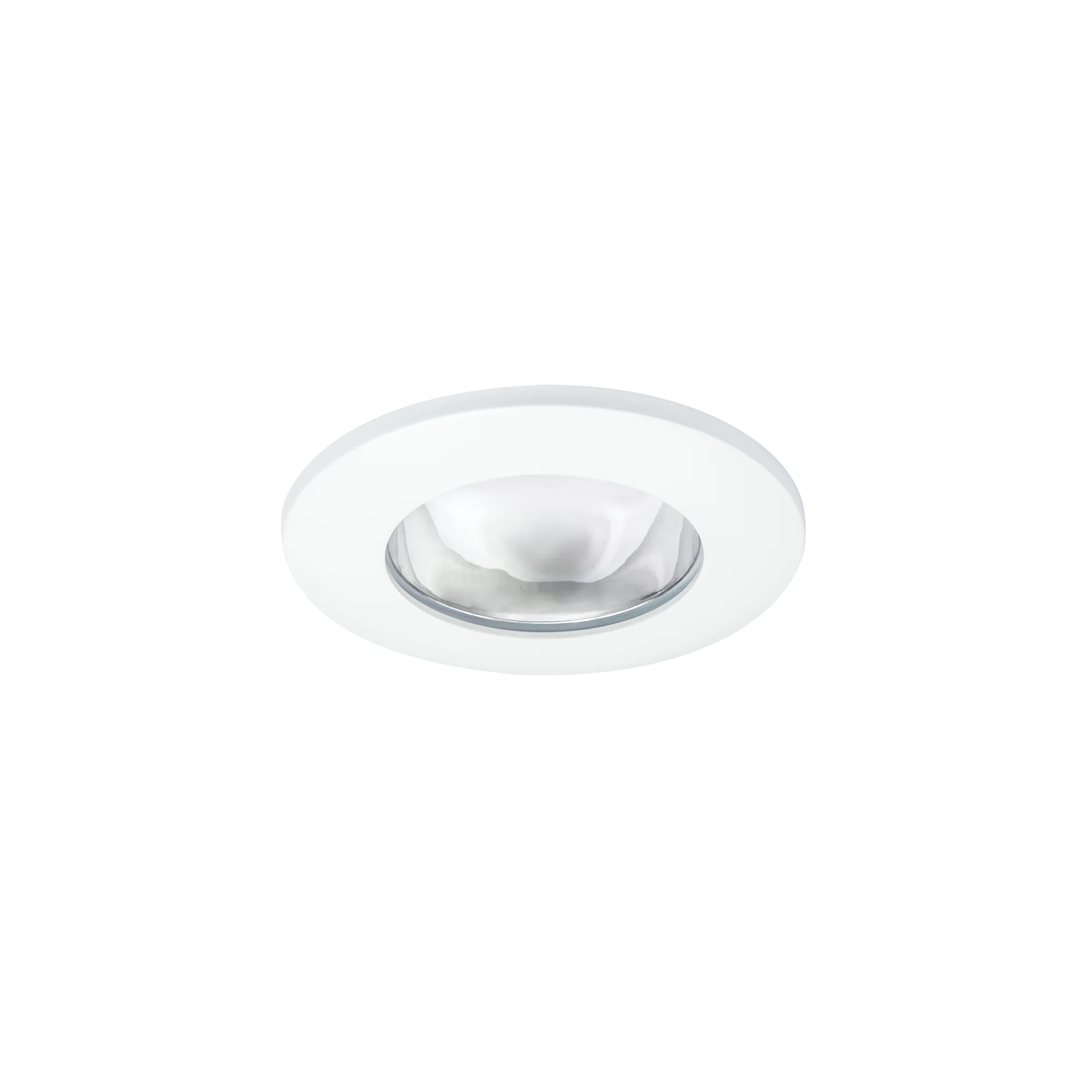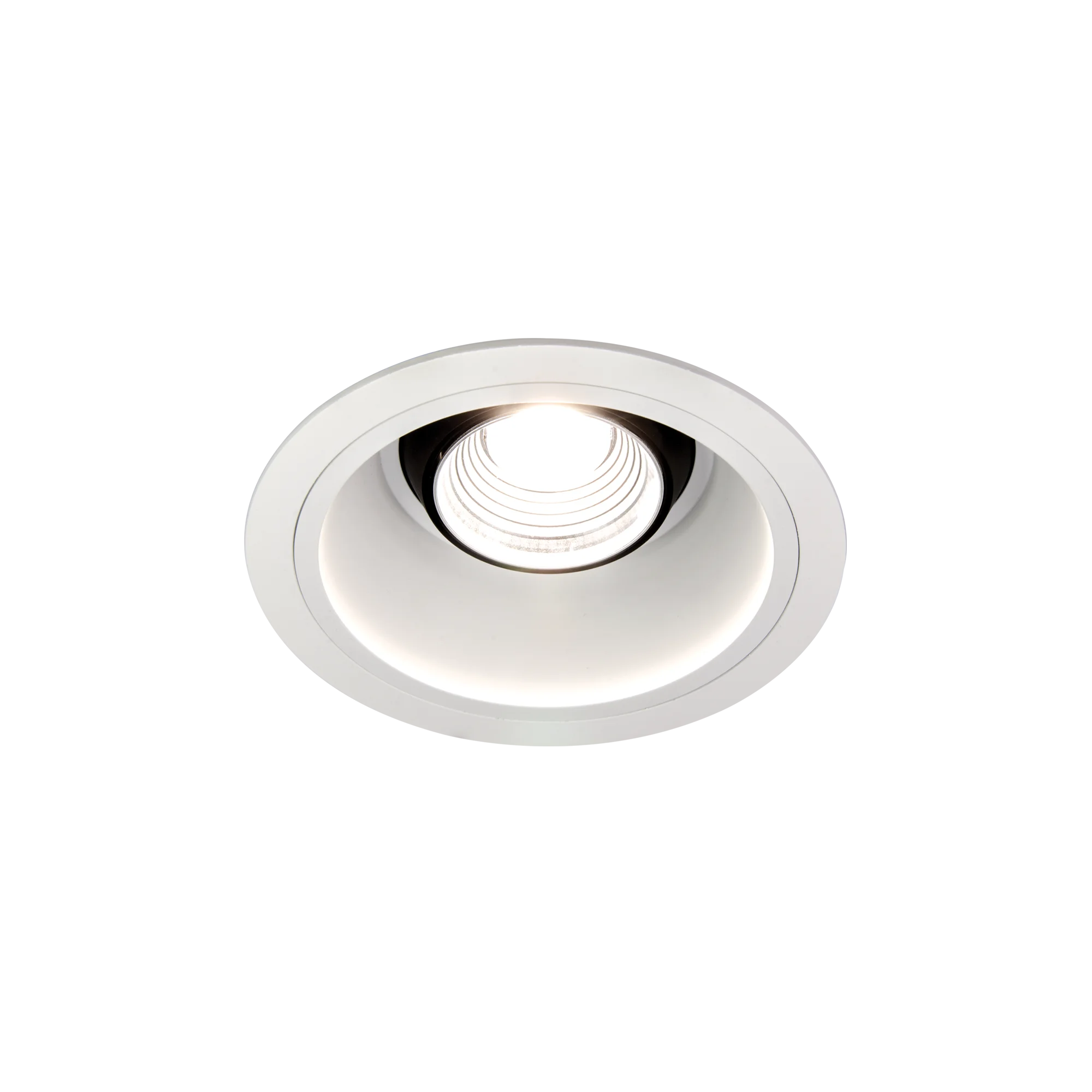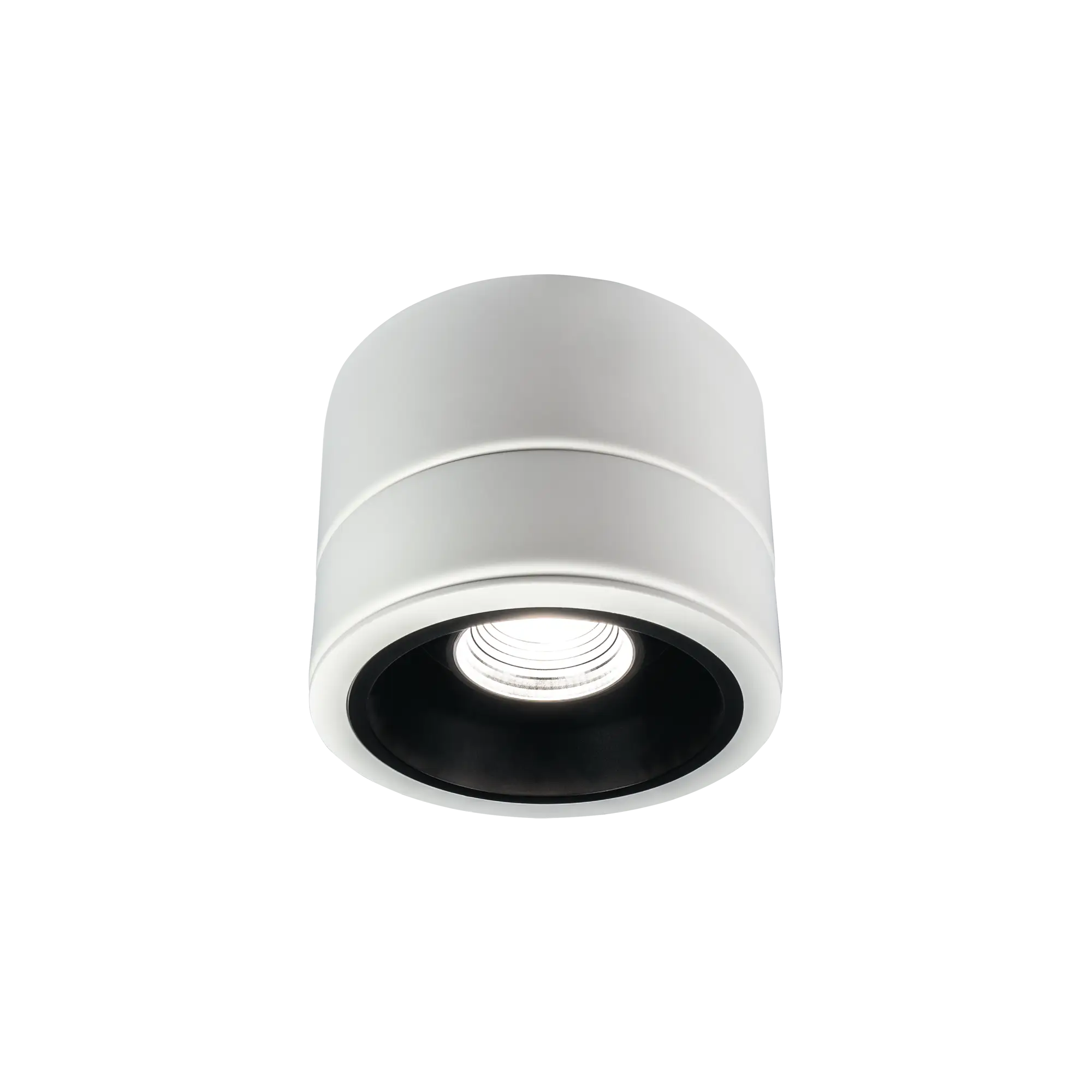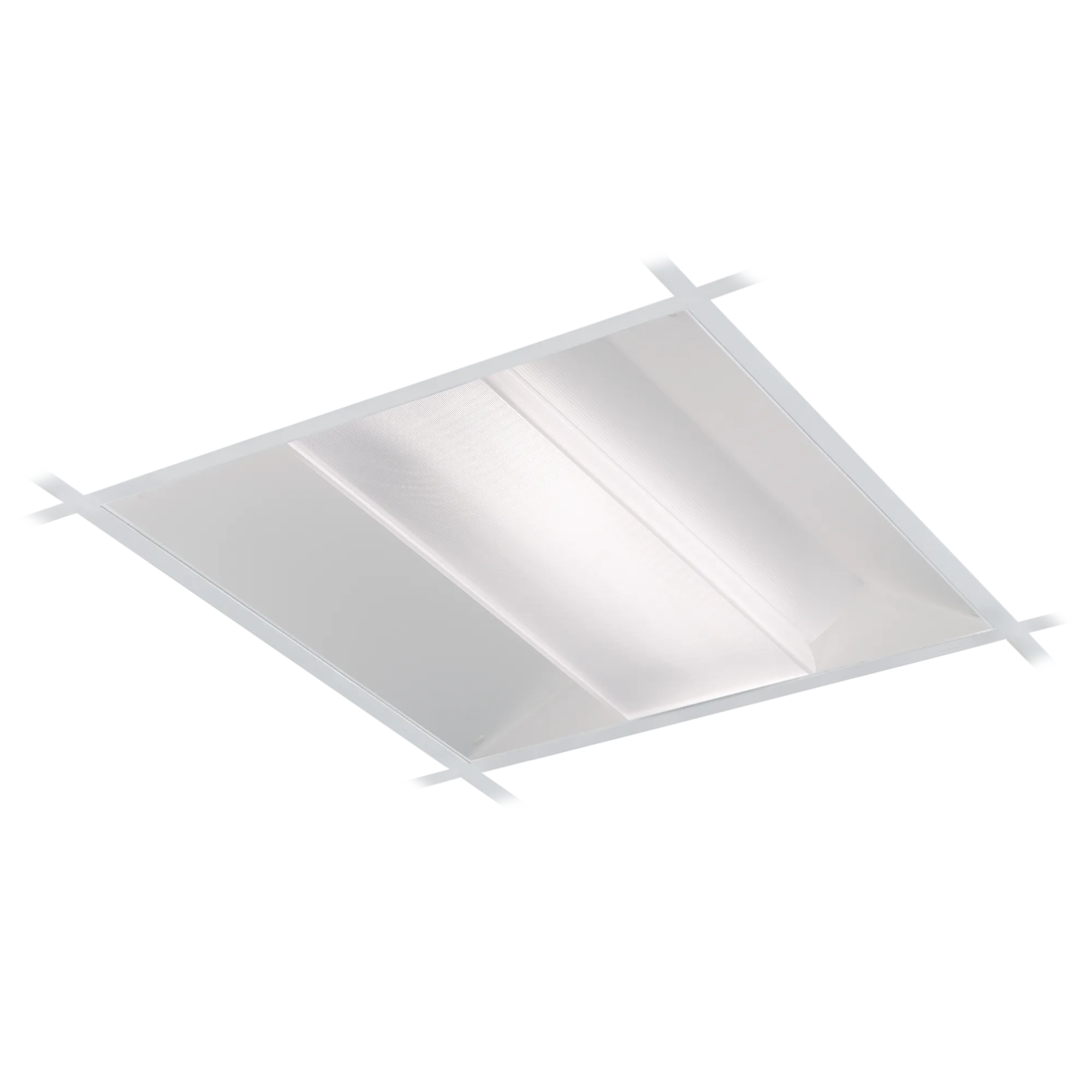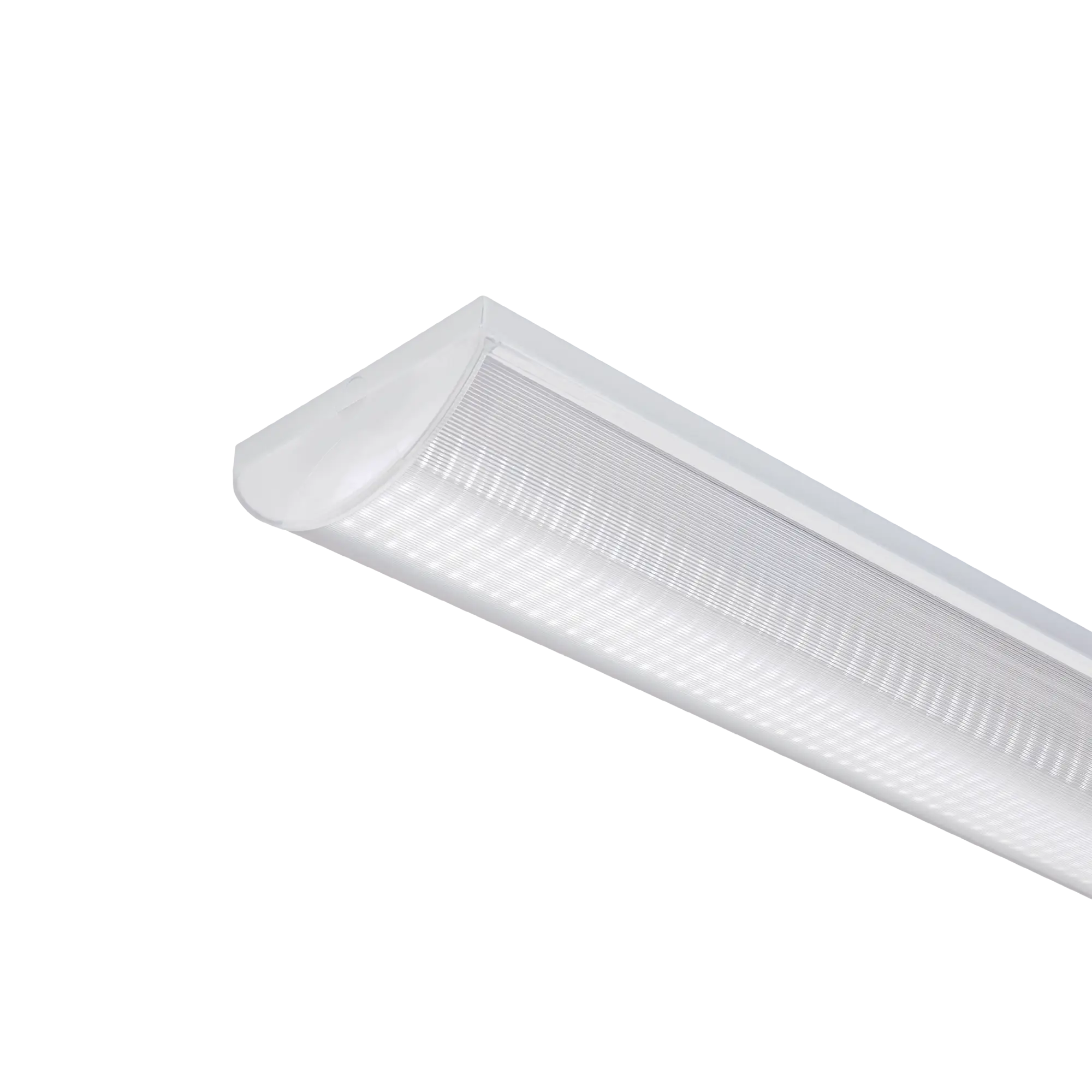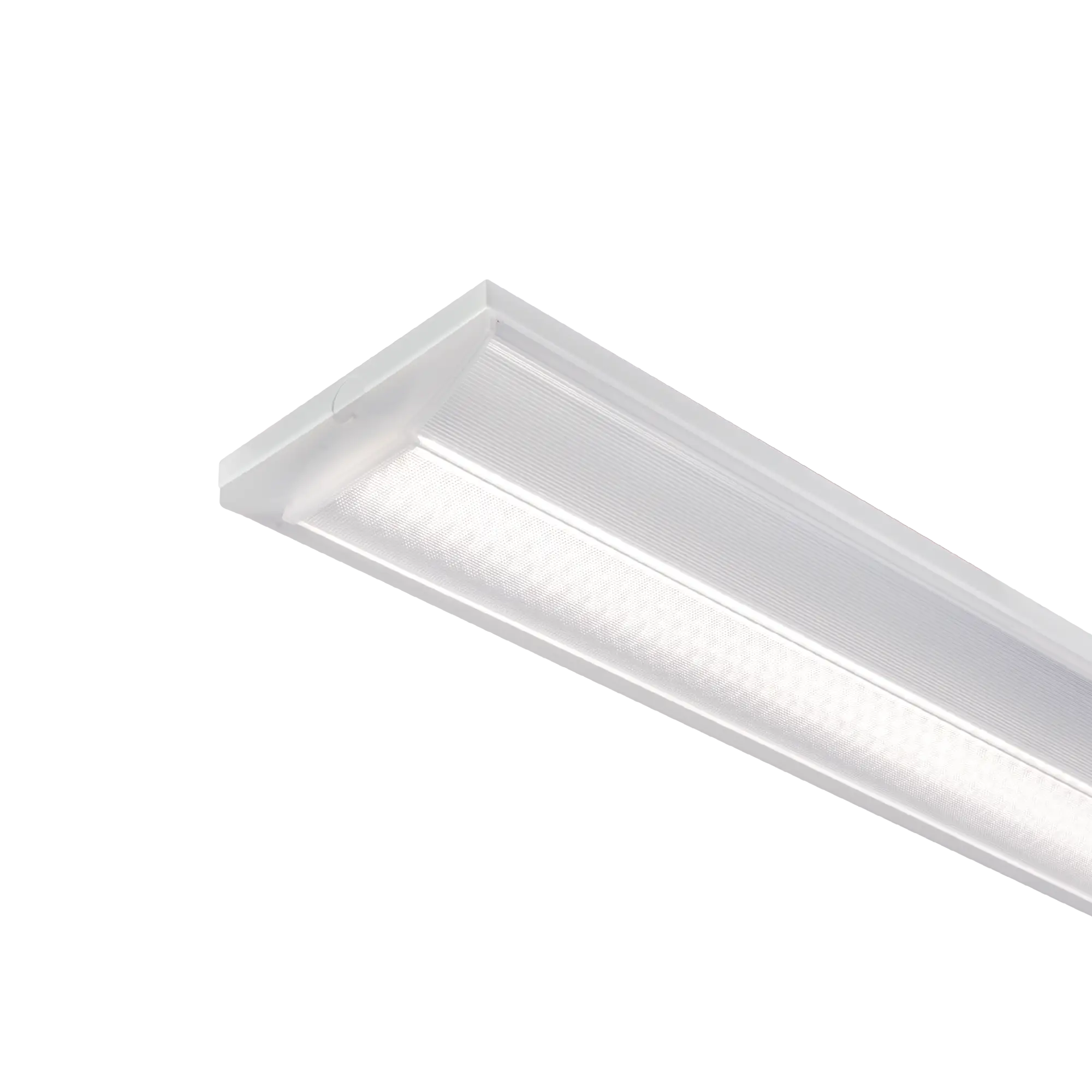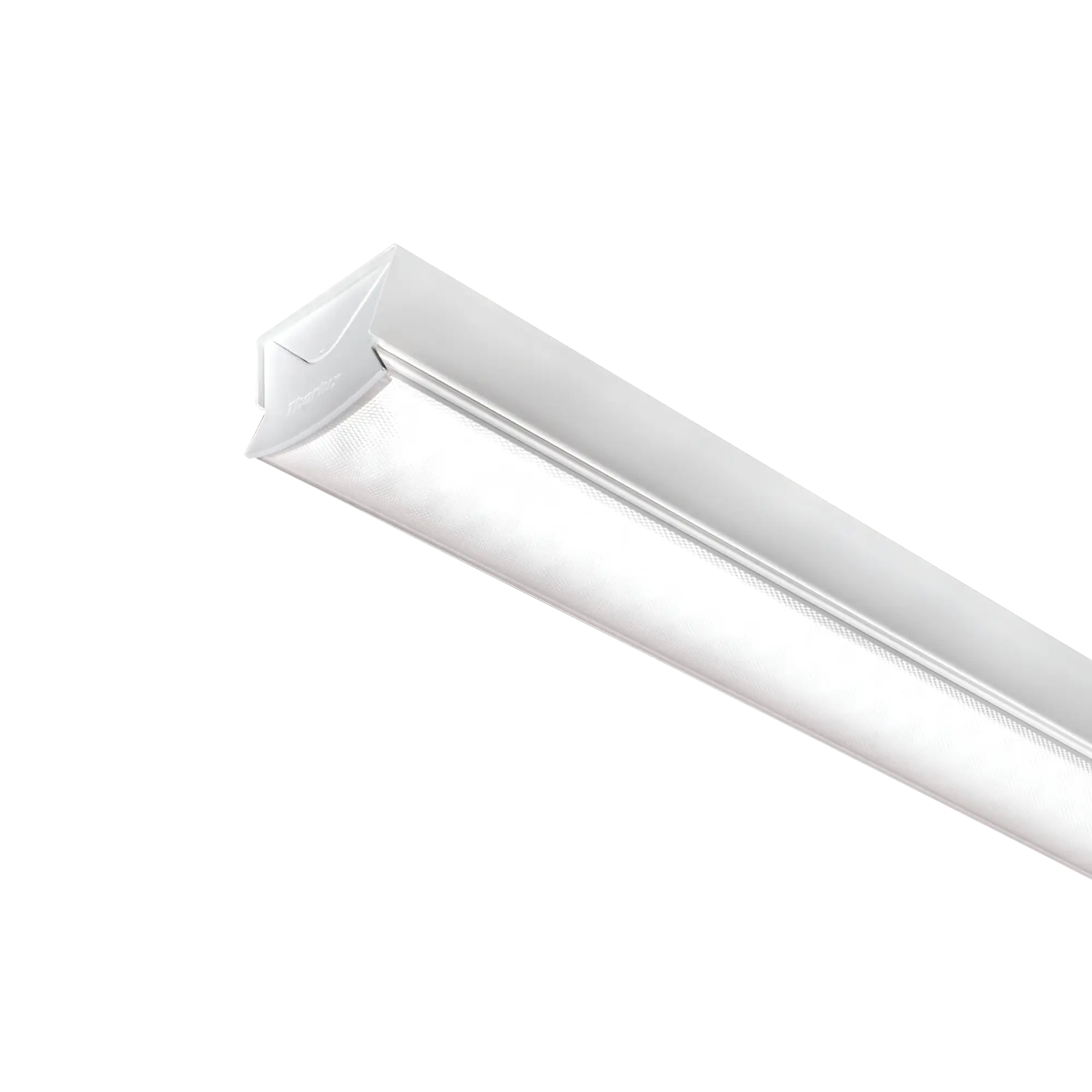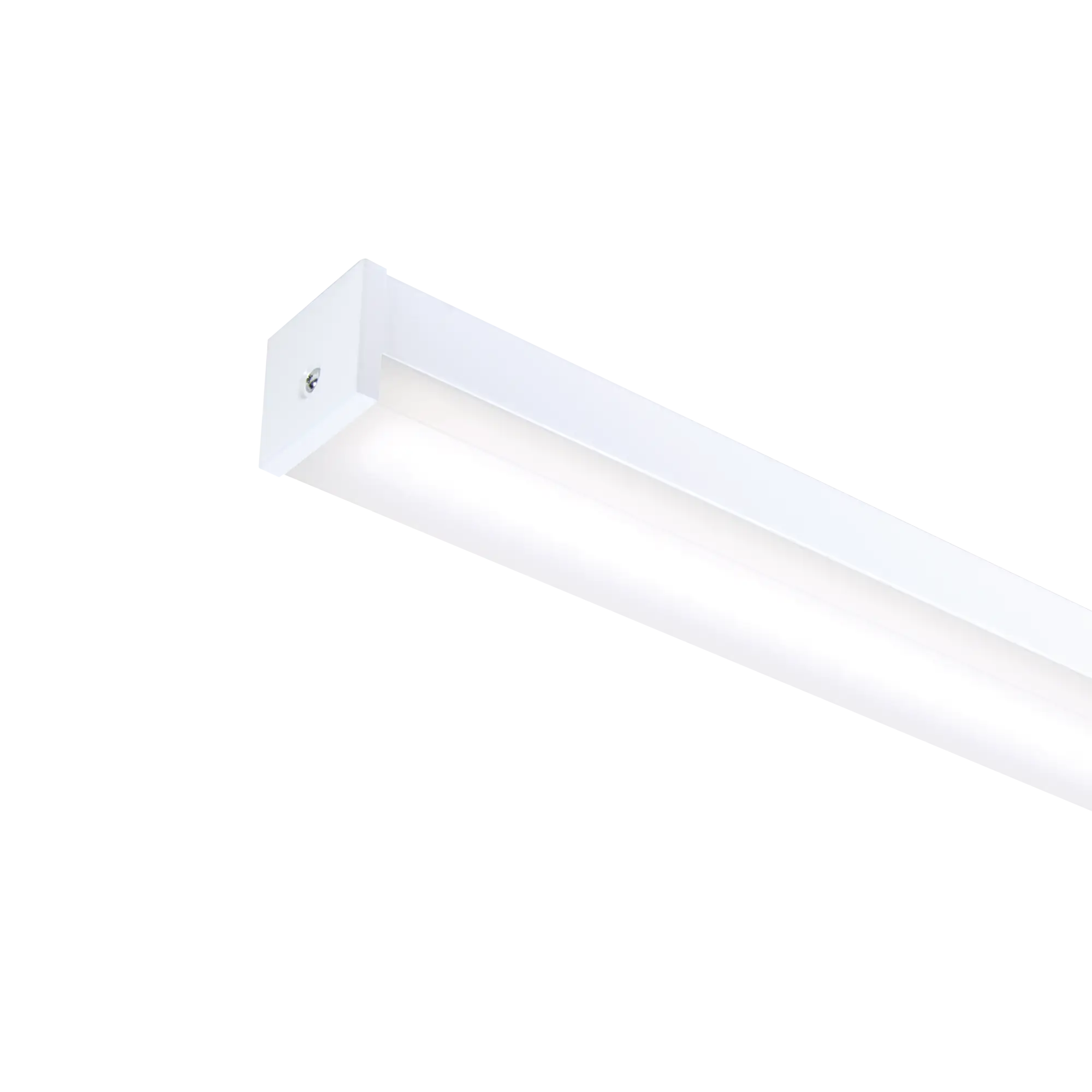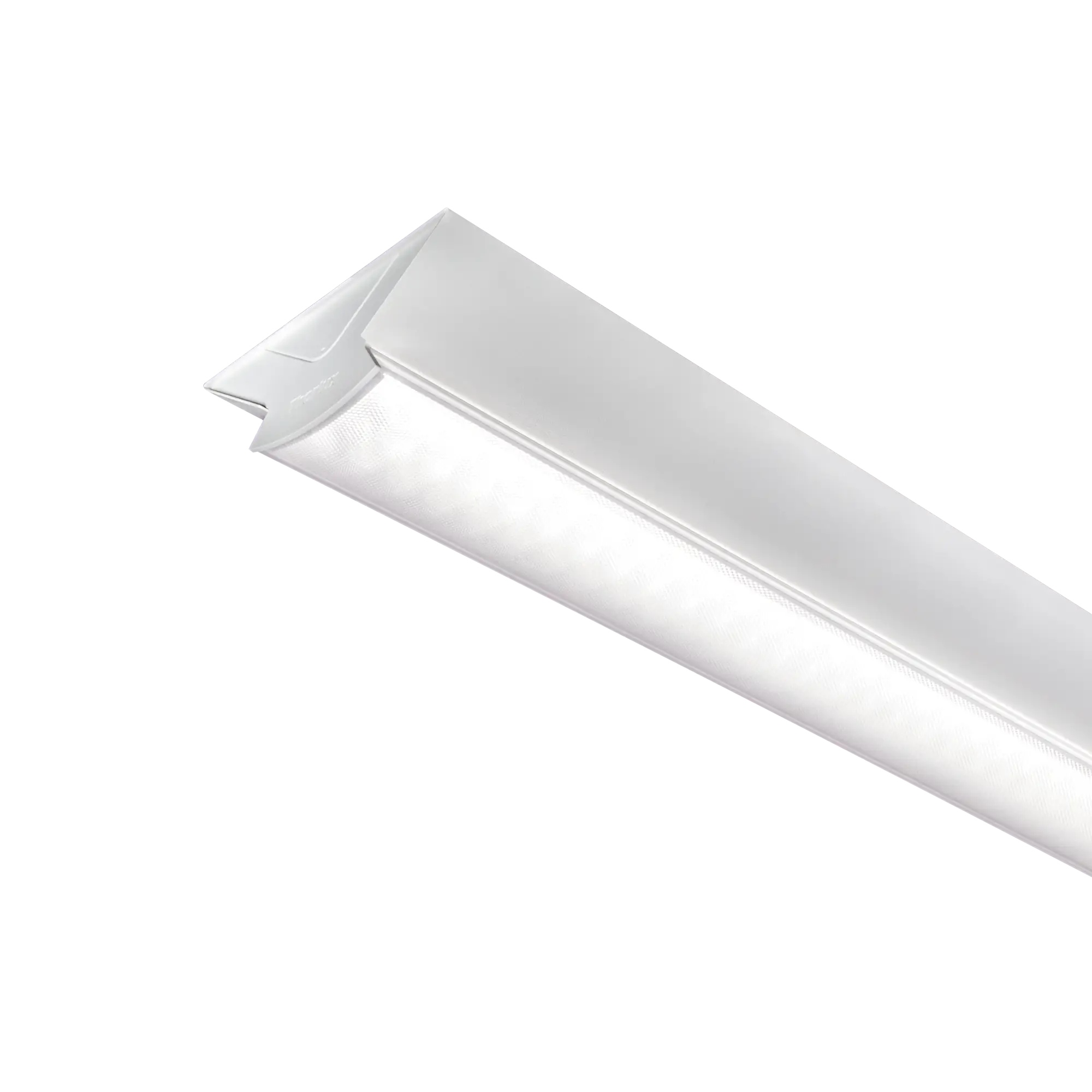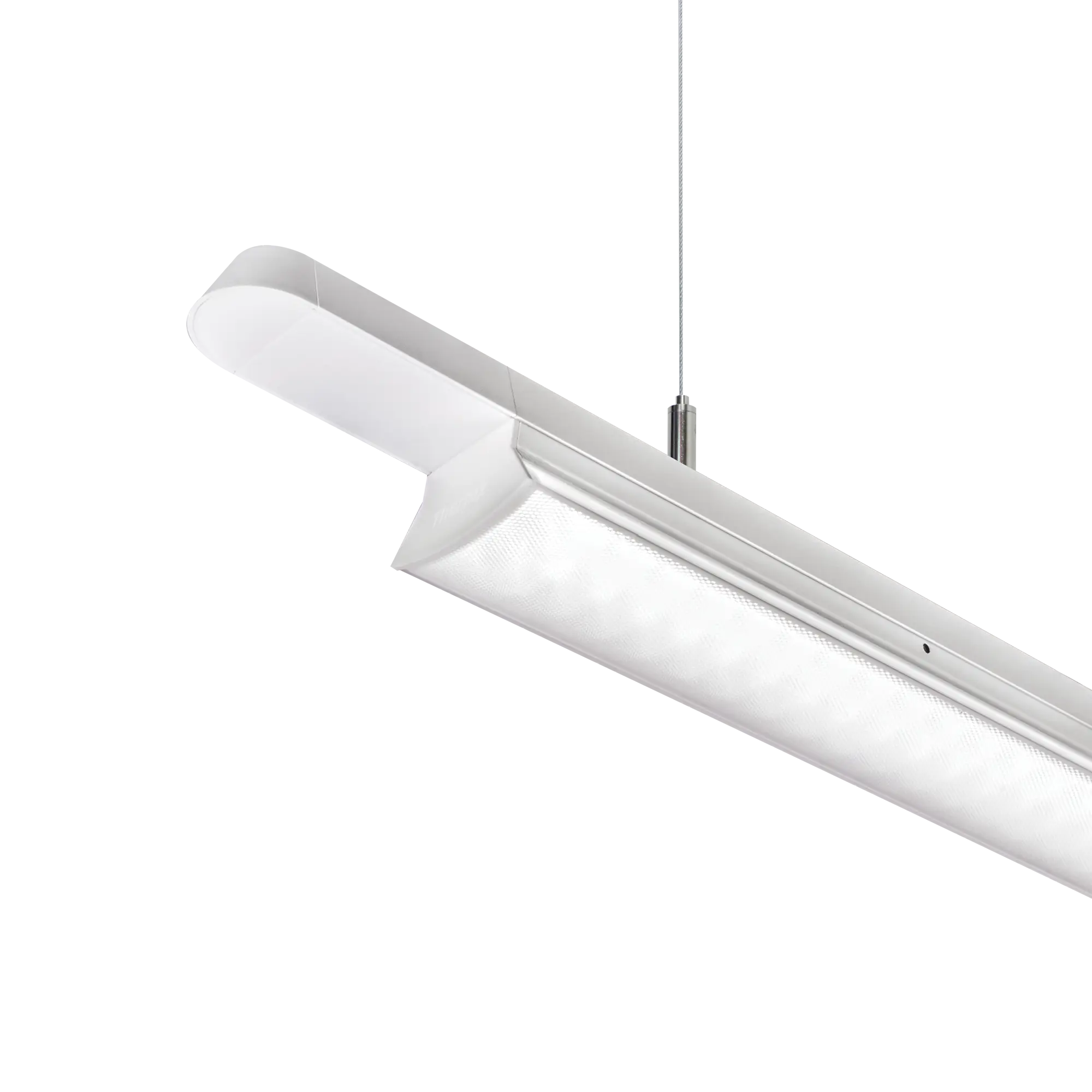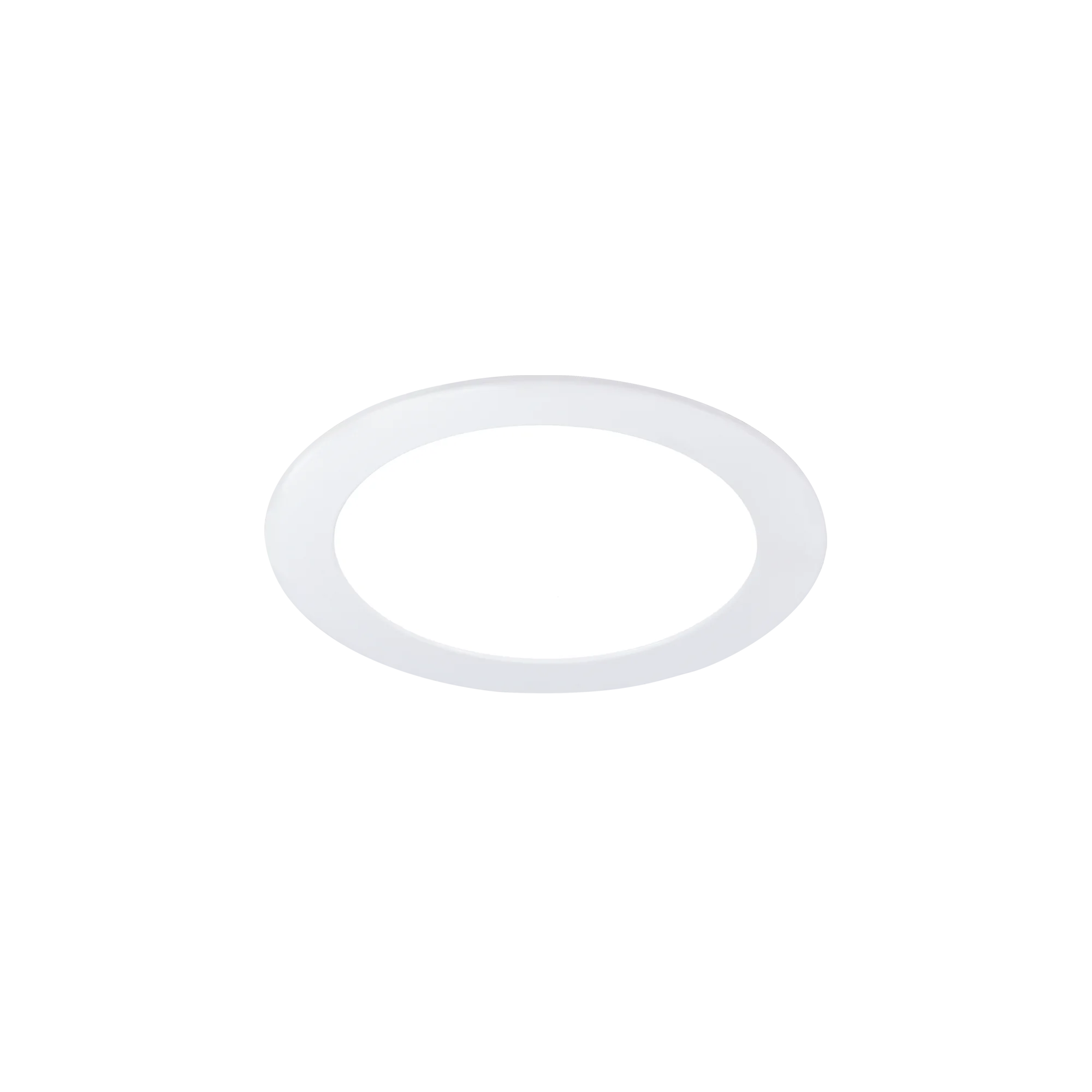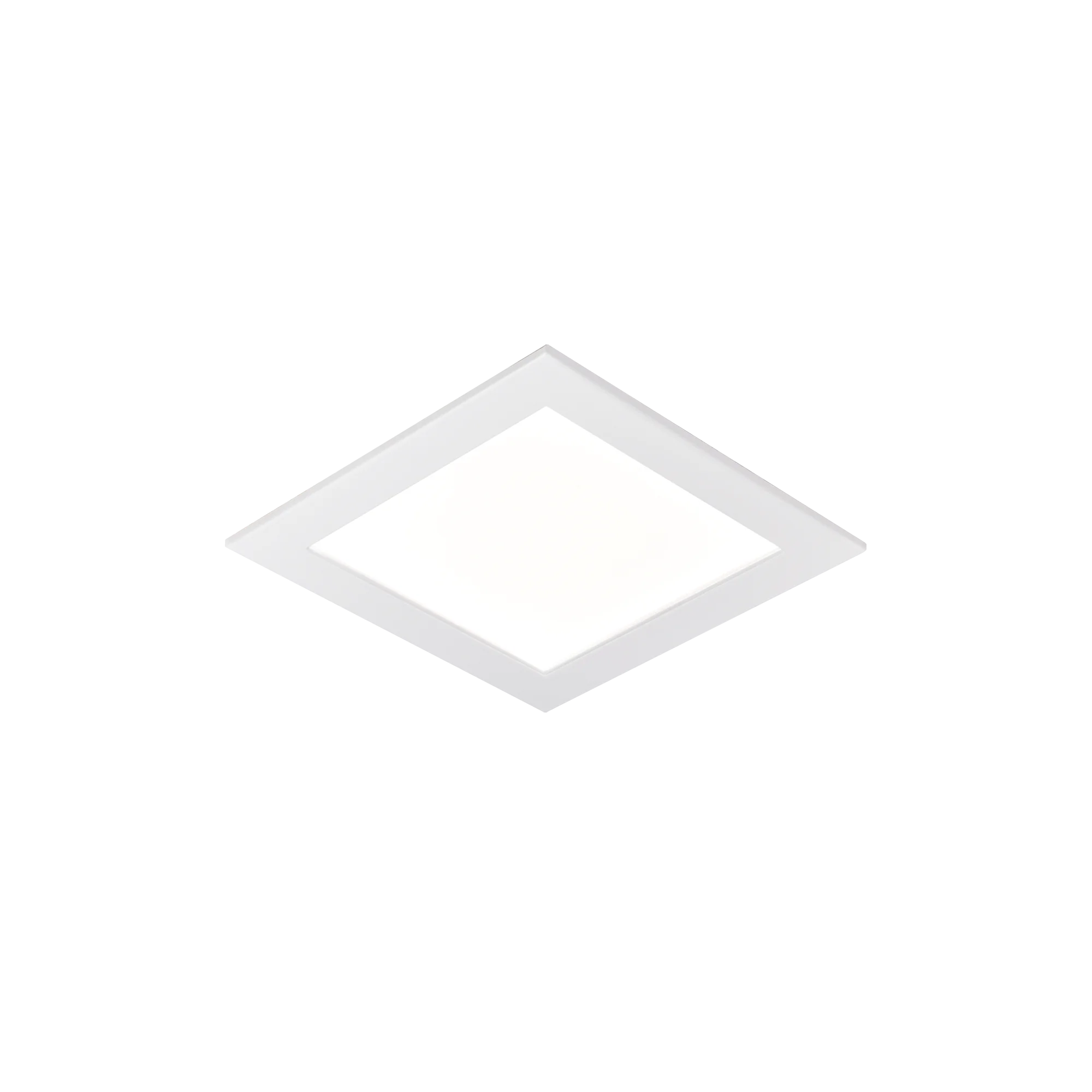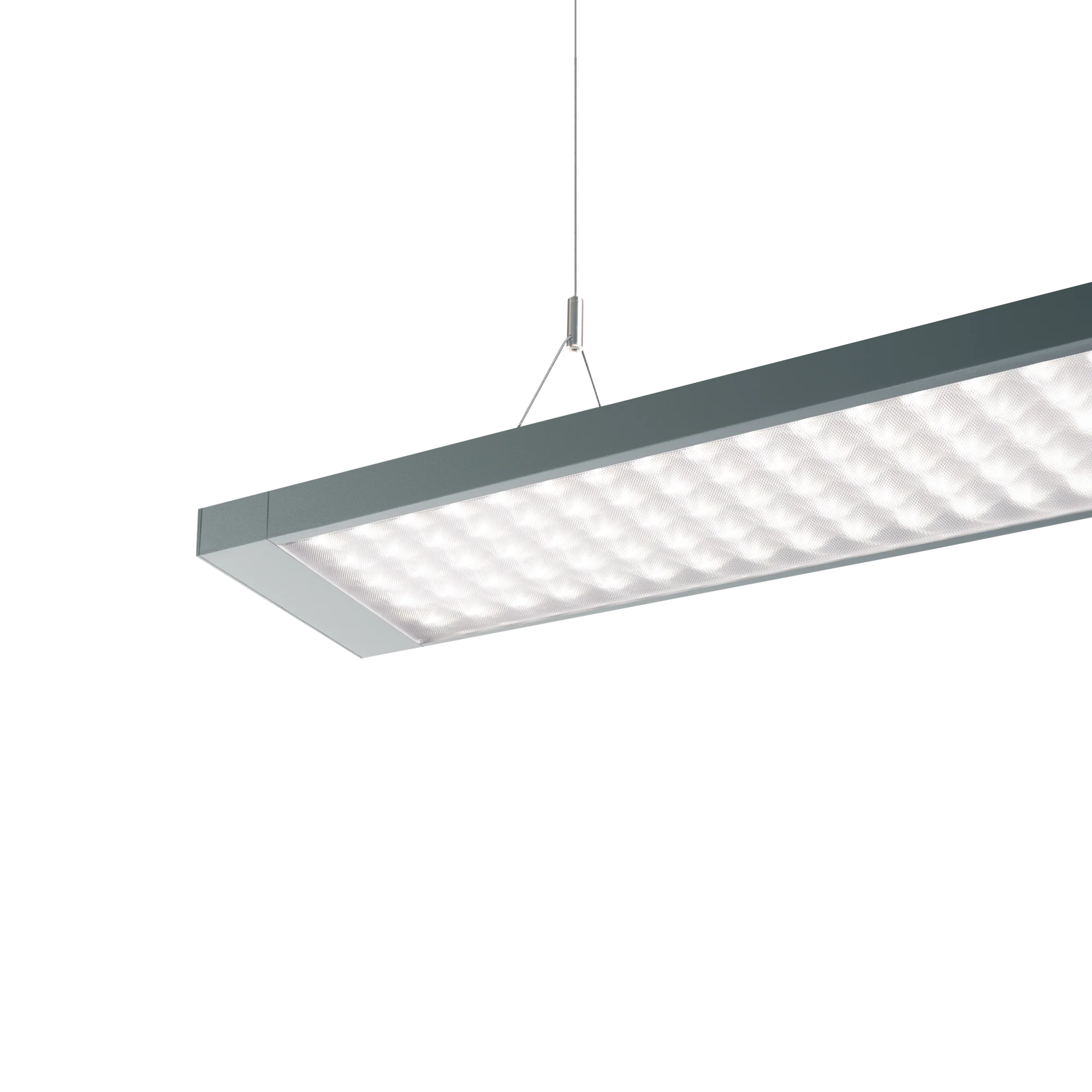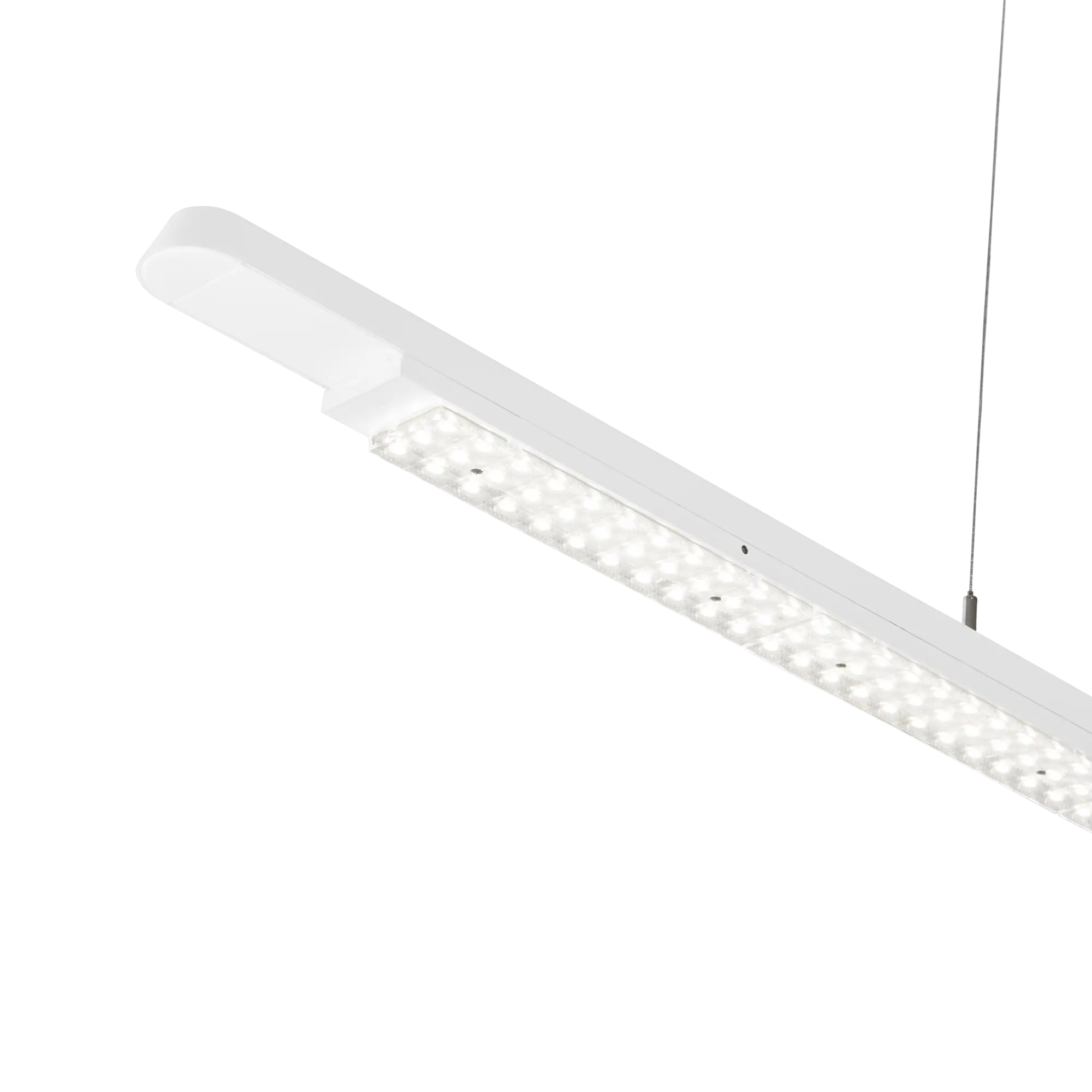Classrooms
Students require the correct learning environment and studies have shown that good lighting aids the subconscious processes that energise learning. Modern teaching spaces are often used for a variety of different activities and teaching methods. Through the use of lighting controls the appropriate lighting level for the specific teaching requirement can be achieved, whilst realising significant energy savings through absence/presence detection and daylight dimming.
Choice of Luminaire
The ceiling height and type may dictate what luminaire is used.
Suspended luminaires are best suited to high ceiling heights. By suspending the luminaires, lower power consumption luminaires can be selected as well as improving access for maintenance and cleaning compared with surface mounted luminaires. Recessed or surface mounted luminaires can be used with a suspended or plasterboard ceiling.
Suspended

Zipline with the low-glare Kanby Zip luminaire is designed for a fast and simple installation.
Surface

The Kanby Evo & Kanby Pro ranges and the Jubilee-XL offer low-glare versions which are ideal for classroom applications. The larger footprint of the Kanby Pro and the Jubilee-XL make them ideal for retrofit applications because the larger size will cover the space of the original luminaires.
Recessed

The low-glare version of the Hi-Style offers good glare control and excellent wall illumination. The low-glare %Radiance Recessed% is also very suitable for classroom applications. Both luminaires have light engines sealed to prevent the ingress of dust and insects, thereby reducing maintenance requirements.
Illumination Levels
The illumination level is dependent on the activity taking place and who is using the space. There are two lighting level requirements for a general classroom, 300 lux for young people and 500 lux for adult education and evening classes. (See table).
Luminaires need to be considered to provide illumination to the walls and ceiling to light any features, artwork and displays, so the general lighting may be supplemented by track-mounted spotlights.
| Application | Lux (Em) | Glare (UGRL) | Uniformity (U0) | Colour Rendition (Ra) |
|---|---|---|---|---|
| Classroom, tutorial rooms | 300 | 19 | 0.6 | 80 |
| Classroom for evening classes and adults education | 500 | 19 | 0.6 | 80 |
| Art rooms | 500 | 19 | 0.6 | 80 |
| Art rooms in art school | 750 | 19 | 0.7 | 90 |
| Technical drawing rooms | 750 | 16 | 0.7 | 80 |
| Practical rooms and laboratories | 500 | 19 | 0.6 | 80 |
| Handicraft rooms | 500 | 19 | 0.6 | 80 |
| Teaching workshop | 500 | 19 | 0.6 | 80 |
| Music practice rooms | 300 | 19 | 0.6 | 80 |
| Information technology (IT) rooms | 300 | 19 | 0.6 | 80 |
Whiteboards and Projection Screens
White boards and smart boards are now more common than black boards in classrooms. White boards can reflect a lot of light due to the high surface reflectance and consequently luminaires need to positioned so that they do not cause reflected glare. Low-glare luminaires should be used.
Luminance on the white board should be restricted to between 80-160 cd/m².
SmartScan Lighting Management
Classrooms can be used for both day and evening classes, which require different lighting levels. SmartScan can be used with a scene plate to create light scenes to suit the different lighting needs at the touch of a button. White boards and projection screen scenes can also be incorporated.
 View
SmartScan
View
SmartScan
Glare
Classrooms are very often equipped with computers and monitors. Therefore glare needs to be controlled to allow for a comfortable working environment. CIBSE: SLL Lighting Guide 5 - Lighting for Education recommends a maximum glare rating of 19.
Emergency Lighting
Emergency lighting is required for rooms larger than 60 m², however the provision of emergency lighting in classrooms smaller the 60 m² should still be considered depending on the usage and individual risks.


















































